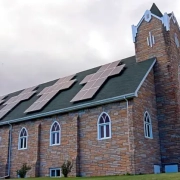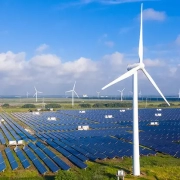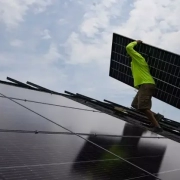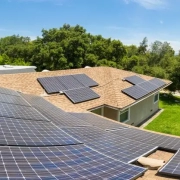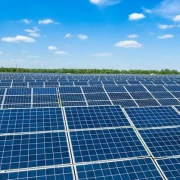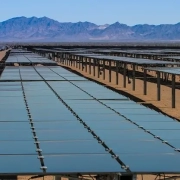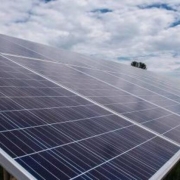On a Sunday morning in Charlevoix, a small town surrounded by lakes in northern Michigan, people gathered in the Greensky Hill Indian United Methodist Church. The small, one-room log building is almost 200 years old and the hymns are sung in English and Anishinaabemowin.
It was December, so Pastor Johnathan Mays was leading an Advent service, one of his last, since he would soon retire. In between reflections on scripture, Mays touched on an important venture: The church was planning to install solar panels on its larger meeting hall, working with Michigan-based nonprofit Solar Faithful to do so.
Greensky Hill has a long history of environmental care and stewardship, grounded in Anishinaabe culture, with a majority Native congregation.
Click here to read the full article
Source: Grist
—
If you have any questions or thoughts about the topic, feel free to contact us here or leave a comment below.

